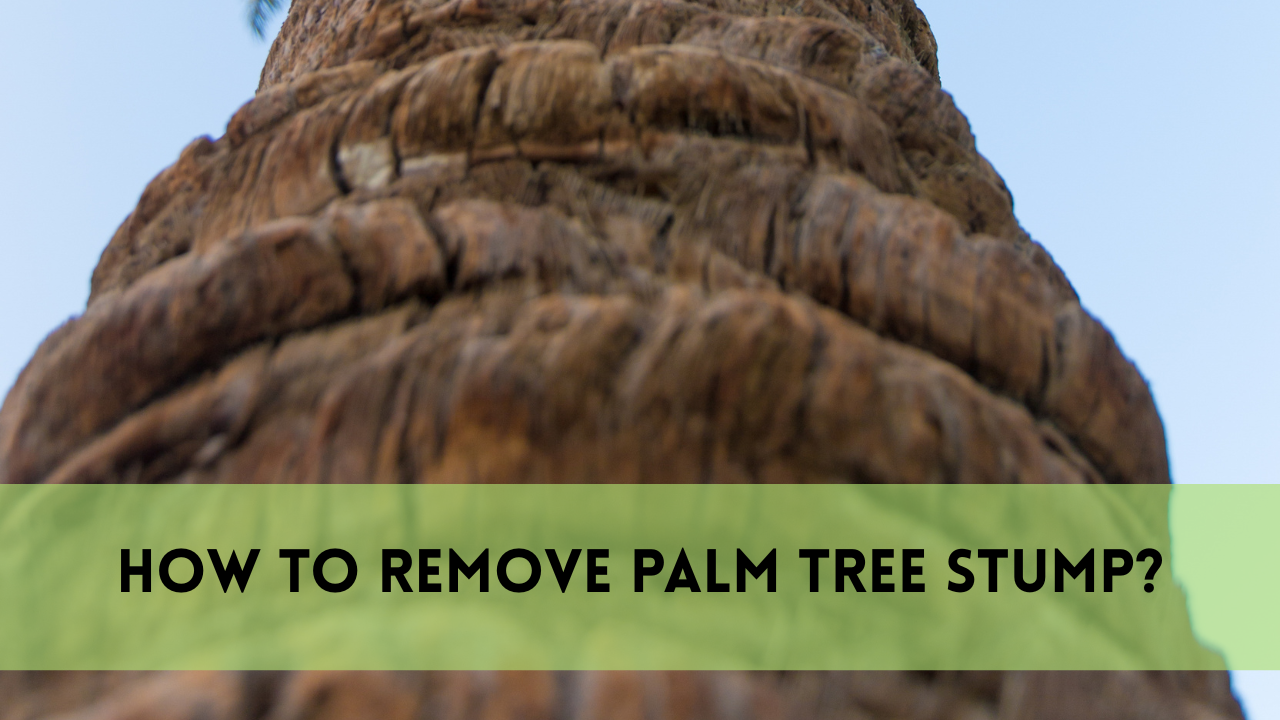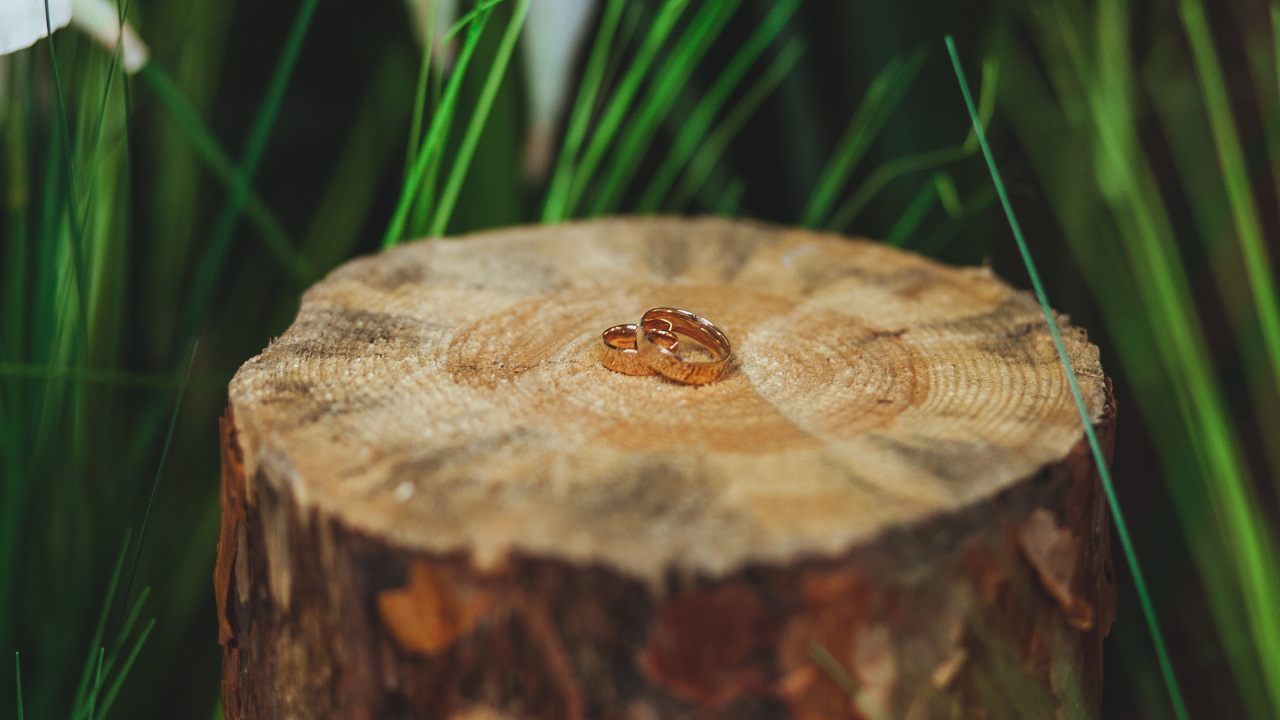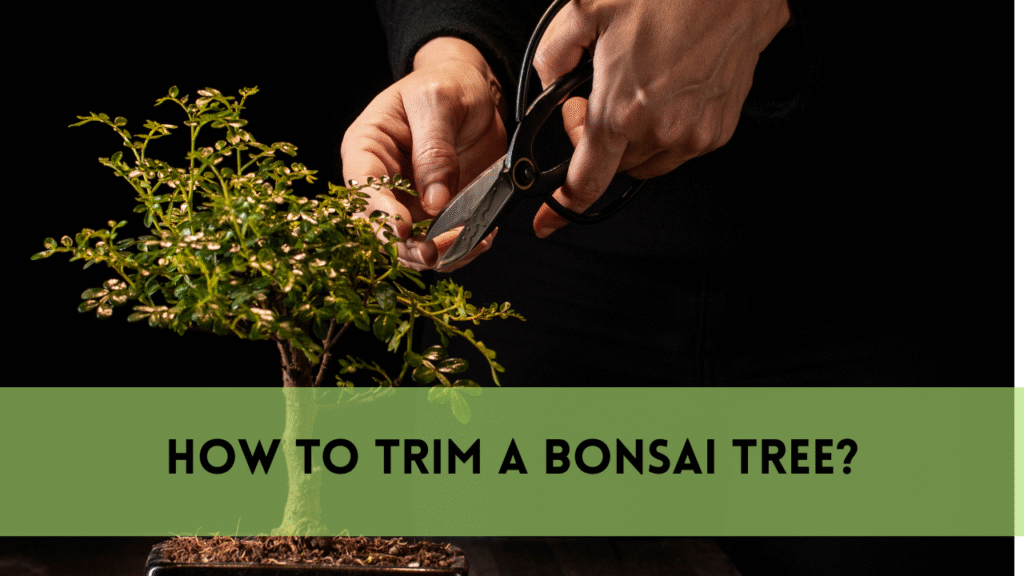Are you facing the daunting task of how to remove a palm tree stump from your yard? Perhaps you’ve recently had a palm tree removed, but now the stump remains, stubborn and unsightly. Fear not, tackling this challenge can be easier than you think with the right approach and tools. Here’s a comprehensive guide to help you reclaim your landscape and say goodbye to that palm tree stump for good.
How To a Remove Palm Tree Stump
Assessing the Situation
First things first, to remove a palm tree stump starts with a clear assessment of the stump itself. Take a close look at its size, as larger stumps may require more effort to extract. Assess the root system as well—is it shallow or deeply embedded? This initial evaluation will dictate which method or combination of methods will work best for your specific stump.
Tools and Materials You’ll need
Before diving into the process to remove a palm tree stump, gather the necessary tools and materials. Here’s a list of what you’ll typically need:
- Shovel: For digging around the stump and exposing the roots.
- Mattock: Useful for cutting through roots and loosening soil.
- Chainsaw: If the stump is large, a chainsaw will help in cutting it into more manageable pieces.
- Pickaxe: Helps in breaking up the soil and roots.
- Stump grinder: An efficient tool for grinding the stump down to below ground level.
- Safety gear: Gloves, goggles, and sturdy footwear to protect yourself during the process.
Methods to Remove a Palm Tree Stump
Digging and Pulling
1. Preparation
- Assessment: Begin by assessing the size and depth of the palm tree stump.
- Gather Tools: Collect essential tools such as shovel, mattock, and pickaxe.
2. Digging Process
- Excavation: Start digging around the stump, aiming to expose as many roots as possible.
- Root Examination: Carefully inspect and cut smaller roots using the mattock.
- Loosening: Use the mattock to loosen the soil around the stump for easier removal.
3. Pulling the Stump
- Leverage: Rock the stump back and forth to loosen it further from the ground.
- Extraction: Once adequately loosened, use brute force or a vehicle to pull the stump out.
Grinding the Stump
1. Equipment Setup
- Selecting a Grinder: Choose an appropriate stump grinder based on the stump’s size and location.
- Safety Precautions: Ensure you have safety gear such as goggles and gloves.
2. Grinding Process
- Positioning: Place the grinder directly above the stump to begin the grinding process.
- Operation: Start the grinder and slowly maneuver it to grind the stump down to ground level.
- Depth Control: Adjust the grinder to reach the desired depth, typically 6 to 12 inches below ground.
3. Cleanup
- Collecting Debris: Gather the wood chips and debris generated during grinding.
- Disposal: Dispose of the wood chips or use them for composting if suitable.
Using Chemicals
1. Preparation
- Choosing Chemicals: Select a chemical stump remover suitable for palm tree stumps.
- Safety Gear: Wear protective gear such as gloves and goggles.
2. Application
- Drilling Holes: Drill holes into the top and sides of the stump using a drill.
- Chemical Application: Pour the chemical stump remover into the drilled holes as per the product instructions.
- Absorption Time: Allow the chemical to soak into the stump and accelerate decomposition.
3. Removal
- Softened Wood Removal: After several weeks, use an axe or shovel to remove the softened wood.
- Cleanup: Dispose of the remnants responsibly and ensure the area is cleared of any remaining debris.
Choosing the Right Method
Consider the size, location, and root system of your palm tree stump when selecting a removal method. Each approach—digging, grinding, or using chemicals—offers distinct advantages based on the specific characteristics of your stump and your preferences for removal efficiency.
Tips for Success
Planning Your Approach
1. Assessing the Stump
- Size Evaluation: Measure the dimensions of the palm tree stump to determine the best removal method.
- Root Depth: Estimate how deeply the roots extend into the soil, which affects the ease of removal.
- Accessibility: Consider the stump’s location in your yard and any obstacles that may affect removal.
2. Method Selection
- Considering Options: Evaluate the pros and cons of digging, grinding, or using chemicals based on the stump’s characteristics.
- Tools Availability: Ensure you have access to the necessary tools and equipment required for your chosen method.
Working Safely
1. Protective Gear
- Essential Gear: Wear gloves, goggles, and sturdy footwear to protect against flying debris and sharp tools.
- Clothing: Avoid loose clothing that could get caught in machinery or tools during the removal process.
2. Tool Handling
- Proper Use: Familiarize yourself with the operation of tools such as shovels, mattocks, and stump grinders before starting.
- Maintenance: Ensure tools are in good working condition and sharp to optimize their effectiveness during removal.
Patience and Persistence
1. Gradual Process
- Realistic Expectations: Understand that removing a palm tree stump can be a time-consuming task, especially for larger or deeper stumps.
- Incremental Progress: Break down the removal process into manageable steps to maintain momentum and prevent fatigue.
2. Problem-Solving
- Adaptability: Be prepared to adjust your approach if obstacles or unexpected challenges arise during removal.
- Consultation: Seek advice from professionals or online resources if you encounter difficulties beyond your expertise.
Considering Professional Help
1. Assessing Complexity
- Complex Stumps: Evaluate whether the stump’s size, location, or root system complexity may warrant professional assistance.
- Cost-Benefit Analysis: Compare the cost of hiring a professional tree service with the time, effort, and potential risks associated with DIY removal.
2. Expertise and Efficiency
- Skill and Equipment: Professionals have specialized tools and expertise to safely and efficiently remove stubborn palm tree stumps.
- Risk Management: Minimize the risk of property damage or personal injury by entrusting removal to experienced professionals.
FAQs
How much does it cost to remove a palm tree stump?
The cost can vary widely depending on the stump’s size, location, and the removal method chosen. DIY methods like digging or using chemicals may cost less, typically ranging from $100 to $400. Professional stump grinding services can range from $150 to $500 or more, depending on the stump’s diameter and accessibility.
How long does it take to remove a palm tree stump?
The time required depends on the stump’s size and the method used. Smaller stumps can often be removed in a day with basic tools, while larger or more complex stumps may take several days or even weeks, especially when using chemical methods that require decomposition time.
Can I remove a palm tree stump myself?
Yes, you can remove a palm tree stump yourself using various methods such as digging, grinding, or using chemical stump removers. However, it’s important to assess the stump’s size, root system, and your own comfort level with the tools and techniques involved. For larger stumps or those in tricky locations, professional assistance may be advisable.
What tools do I need to remove a palm tree stump?
Essential tools for stump removal include a shovel, mattock, pickaxe, chainsaw (for larger stumps), and safety gear such as gloves and goggles. For grinding, you’ll need access to a stump grinder, which can often be rented from hardware stores. Chemical stump removers require basic tools for drilling and application.
What should I do with the leftover stump and debris?
Once the palm tree stump is removed, you can choose to dispose of the wood and debris responsibly. Wood chips from grinding can be used for mulch or composting, while larger pieces can be repurposed for outdoor projects or disposed of through green waste recycling.
Final Thoughts
By following these steps and considering the specific characteristics of your palm tree stump, you can effectively reclaim your yard and restore its aesthetic appeal. Whether you opt for digging, grinding, or using chemicals, each method has its advantages depending on your circumstances. Remember, to remove a palm tree stump, it requires patience and perseverance, but with the right tools and approach, you’ll succeed in eliminating that stubborn reminder of the past.






